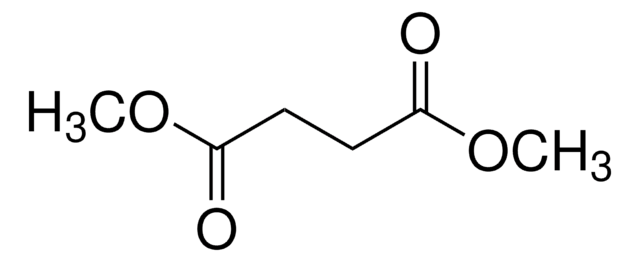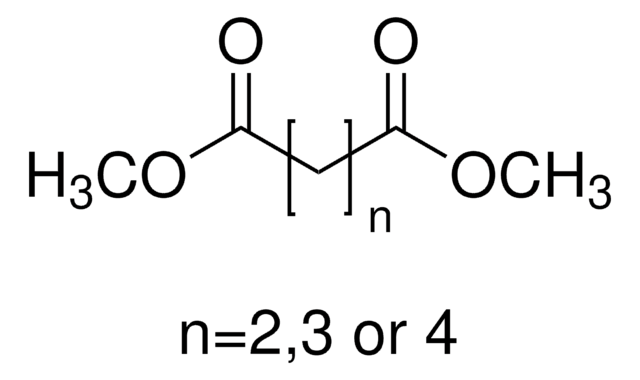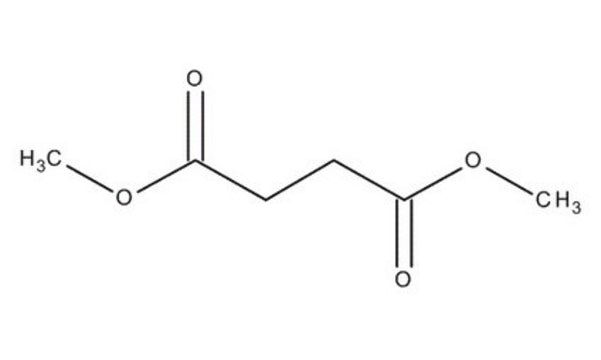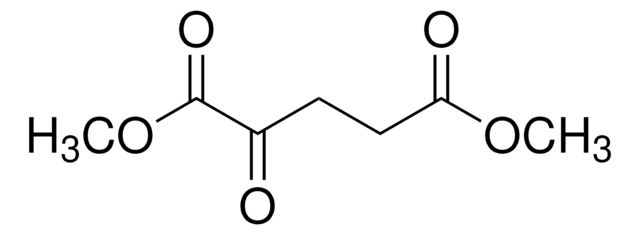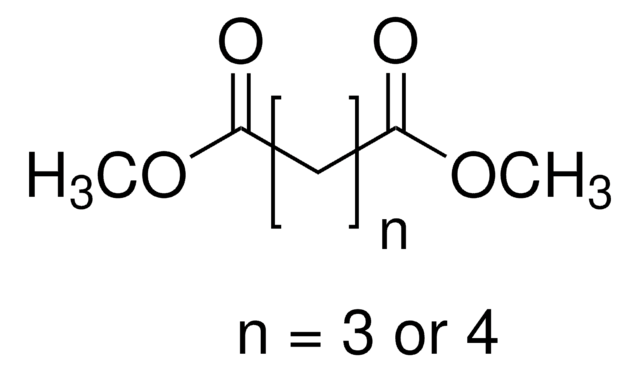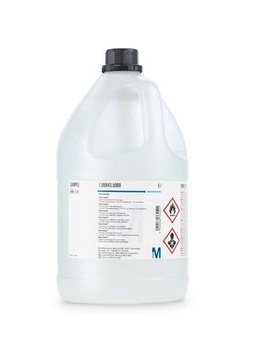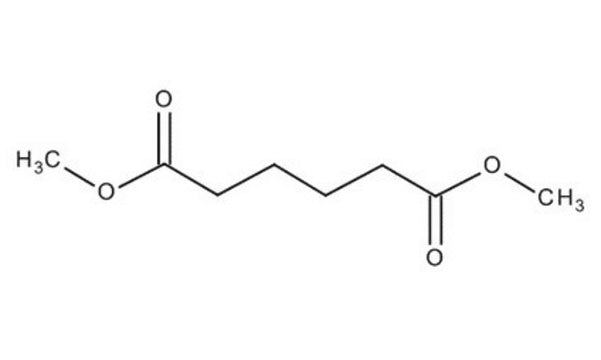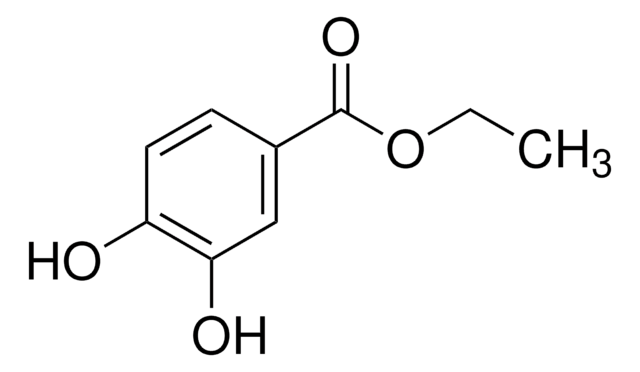112755
DBE-4 dibasic ester
98%
Synonym(s):
Dimethyl succinate, Succinic acid dimethyl ester
About This Item
Recommended Products
vapor pressure
0.3 mmHg ( 20 °C)
Quality Level
assay
98%
autoignition temp.
689 °F
expl. lim.
8.5 %
refractive index
n20/D 1.419 (lit.)
bp
200 °C (lit.)
mp
16-19 °C (lit.)
density
1.117 g/mL at 25 °C (lit.)
SMILES string
COC(=O)CCC(=O)OC
InChI
1S/C6H10O4/c1-9-5(7)3-4-6(8)10-2/h3-4H2,1-2H3
InChI key
MUXOBHXGJLMRAB-UHFFFAOYSA-N
Looking for similar products? Visit Product Comparison Guide
Related Categories
General description
DBE-4 can be used as an intermediate in the preparation of 1,4-butanediol, γ-butyrolactone, tetrahydrofuran and itaconic acid.
Legal Information
signalword
Warning
hcodes
Hazard Classifications
Eye Irrit. 2
wgk_germany
WGK 1
flash_point_f
201.2 °F
flash_point_c
94 °C
ppe
Eyeshields, Gloves, type ABEK (EN14387) respirator filter
Certificates of Analysis (COA)
Search for Certificates of Analysis (COA) by entering the products Lot/Batch Number. Lot and Batch Numbers can be found on a product’s label following the words ‘Lot’ or ‘Batch’.
Already Own This Product?
Find documentation for the products that you have recently purchased in the Document Library.
Customers Also Viewed
Our team of scientists has experience in all areas of research including Life Science, Material Science, Chemical Synthesis, Chromatography, Analytical and many others.
Contact Technical Service